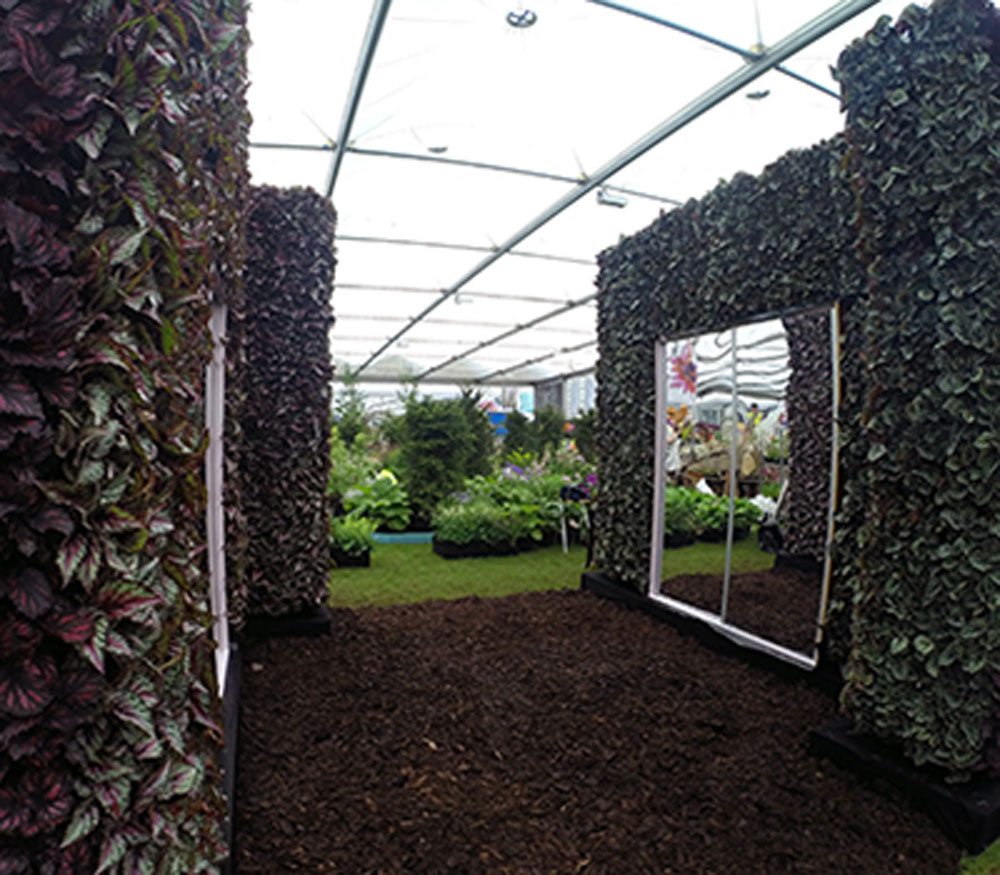What do maths and Flower shows have in common?

Post date: 09 May, 2016
What do maths and Flower shows have in common?
The answer? Fibonacci.
This year, Enterprise Plants are bringing maths and nature together at the RHS Chelsea Flower Show with their exhibition, which celebrates the Begonia escargot and explores the Fibonacci spiral throughout nature. We are pleased to be donating materials to this exhibition, which will enable key elements of the design to be built.
Leonardo Bonacci, known as Fibonacci, was an Italian mathematician and considered by many as the most talented mathematician of the Middle Ages.
Born in 1170, Fibonacci introduced the Western world to the Fibonacci sequence; a set of numbers that starts with either zero or a one, followed by a one, and proceeds based on the rule that each number is equal to the sum of the preceding two numbers – numerically, it looks like this: 1, 1, 2, 3, 5, 8, 13, 21, 34…….
A Fibonacci spiral, the focus of Enterprise Plants’ exhibition, is a series of connected quarter-circles drawn inside an array of squares that have Fibonacci numbers for dimensions. Because of the nature of the sequence, all squares fit perfectly together.
Fibonacci numbers and spirals are not only of interest to mathematicians. The Fibonacci sequence is displayed across nature in a variety of ways, appearing in all sorts of different forms. From the spirals of hurricanes to a plants leaf arrangement, to the scales of a pineapple and of a pinecone.
It is this that designer Matthew Monckton of Enterprise Plants is demonstrating at this year’s Chelsea Flower Show. Situated within the Great Pavilion, the Enterprise Plants exhibition will consist of two ‘L’ shaped greenwalls, installed back-to-back, standing at approximately 3.2m in height. Within the greenwalls will be the first example of a Fibonacci spiral.
Once ‘inside’ the greenwalls, you will walk on to the biggest spiral within the exhibition. To create the spiral, Matthew Monckton used CEDAgravel to form the squares, which were then filled with pearly quartz pebbles. Black basalt setts were used to form the actual spiral, with some of the setts having to be cut to a bespoke size.
Cabinets full of examples of Fibonacci in nature will also be on display, with items such snail shells and pinecones being featured.
 Enterprise Plants 2014 Stand
Enterprise Plants 2014 StandEnterprise Plants won Silver at the 2014 show and they hope that this year, they can achieve better with their Fibonacci inspired stand.
To find out more about Enterprise Plants, visit their website here.